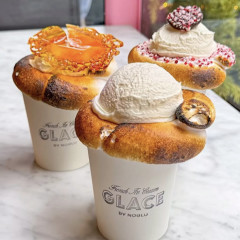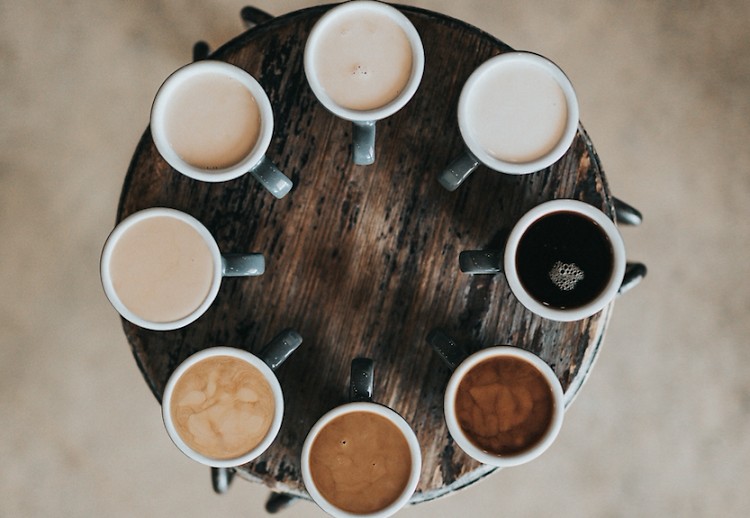
When you’re buying coffee, are you looking for a roast that’s light or dark, French or Colombian, Hawaiian or Ethiopian? Or are you a thrill-seeker who’s swayed by ominous packaging and words like "banned", "death wish", and "biohazard" (all of which would seem to indicate a pretty intense coffee experience)?
Rather than seeking out the low-key breakfast blends preferred by many, those in the latter camp are on the lookout for the strongest coffee around—and if possible, the strongest coffee in the world.
As you might imagine, the competition for this title is fierce. Currently, there’s one company that bills itself, right on the label, as “World’s Strongest Coffee,” with a roasting technique that results in “an obscene 1,105 milligrams of caffeine per cup.” That’s the Black Insomnia Coffee Company, which sounds like a business straight out of Game of Thrones...
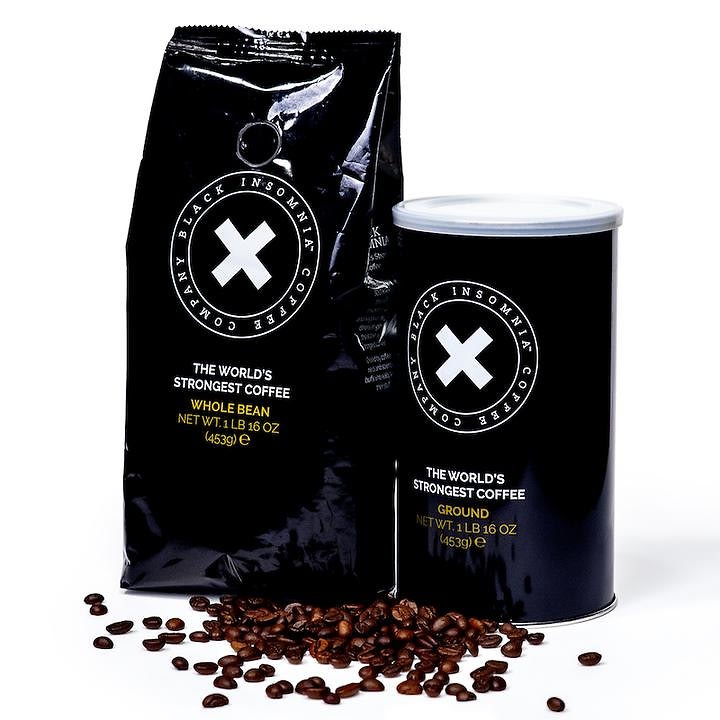
Founded in South Africa, Black Insomnia is a blend of Robusta and Arabica beans roasted to produce “nutty aromas” and a “dark chocolate aftertaste." One 12-ounce cup contains almost three times the recommended amount of caffeine for healthy adults, up to 400 milligrams a day. (And as of now, you can add a bag of Black Insomnia to your Amazon cart for $20, or buy it directly from the website.)
But—is it really the strongest coffee in the world? Not according to Caffeine Informer, an online resource that provides accurate and up-to-date information on caffeine content in foods and drinks.
Currently, that top spot belongs to Black Label from the Devil Mountain Coffee Company, a blend that allegedly doesn’t give you the “coffee jitters” even though it has 1,555 milligrams of caffeine per 12 fluid ounces. Caffeine Informer ranks this coffee’s caffeine strength as "dangerous," and urges that those who drink it be “extremely cautious.”
Next is an Australian brand called High Voltage Coffee, with 1,150 milligrams per 12 fluid ounces. At the moment, it’s only available in Australia.
View this post on Instagram#coffee #coffeeoftheday #coffeequotes #coffeeaddicts #coffeelovers #coffeeismydrug #coffeegrind #coffeelove #coffeeculture #coffeebean #coffeeaddict #coffeelife #coffeeholic #coffeeblog #coffeehouse #coffeeplease #coffeetime #coffeegram #coffeebreak #coffeebeans #coffee_inst #coffeeshop #coffeeporn #coffeeblogger #australiancoffee #australiawide #australia #sydneycoffeeculture #instacoffee #butfirstcoffee
A post shared by High Voltage Coffee Co (@highvoltagecoffee) on
Black Insomnia comes next, at 1,105 milligrams, which means that it’s really the third “world’s strongest coffee,” or the third most dangerous coffee to drink in a full serving or larger. That doesn’t quite roll off the tongue, but for all we know, Black Insomnia’s roasters could be hard at work producing an even more menacing coffee that’s four times the recommended daily caffeine limit.
These strength rankings bring to light a question: What makes coffee "strong"?
To start, we might look to the roast type. Although "dark roast" might sound stronger, it actually just means that the coffee has been roasted for longer at a higher temperature, making the beans drier and less dense. A less dense bean means less volume and less caffeine. "Light" or “blonde” roast beans, on the other hand, have been roasted for less time at a lower temperature, helping to maintain their moisture content and caffeine level.
On a related note, although Colombian, Hawaiian, and Ethiopian coffees do refer to beans from those regions, when you see the word “French” on a coffee package, it refers instead to the roasting style of the beans, not where they were farmed. According to the National Coffee Association, French-roasting produces some of the darkest, and therefore least-caffeinated, coffee beans.
In the meantime, please don’t hold me responsible if drinking any of the blends above does give you the jitters (or worse). I’m just the coffee informant.


.jpg)
.jpg)



.jpg)
.jpg)
.jpg)

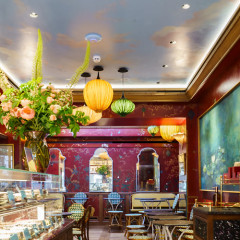
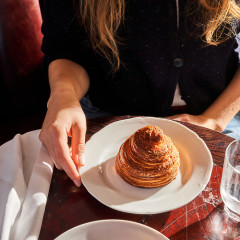
_amber_guinness.jpg)
